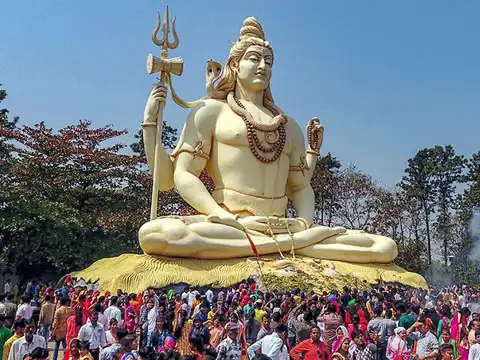International Women's Day
There isn't a single field or domain that is untouched by women these days. They have excelled in numerous fields & events and never did they let a single factor stop or hinder them from achieving whatever they've dreamt of. They have become mountaineers, naturalists, astronomers, astronauts, artists, cobblers, blacksmiths, pilots, engineers, doctors, businesswomen and what not. They have demonstrated strength in times of weakness and bravery in times of darkness. They have worked hard and leaped so far to the front that they have become a symbol of power and strength. Commemorating their achievements and strengthening their beliefs, a day is dedicated as a tribute for all the women internationally i.e., March 8th. International Women's Day (March 8) is a global day celebrating the historical, cultural, and political achievements of women.
International Women's Day (IWD) grew out of the efforts in the early 20th century to promote women's rights, especially suffrage, the right to vote. There has been numerous battles for women to fight to get the right to vote for women. Some people felt it to be unnecessary while some felt the need for women's vote to be nothing short of a sin. In its campaign for female enfranchisement, the Socialist Party of America in 1909 held the first National Woman's Day, which was highlighted by mass meetings across the United States. An International Women's Conference was organized by the German activist Clara Zetkin, in 1910 in the women's office.
On March 19, 1911, the first IWD was held in Austria, Denmark, Germany, and Switzerland. More than one million people attended rallies marking the day. On March 8, 1917, women in St. Petersburg, Russia, marked the day by staging a strike to protest food shortages, poor living conditions, and World War I. This strike for "bread and peace" helped give rise to the Russian Revolution of 1917.
Susan B. Anthony was a political activist and an advocate of women's rights. After the Civil War, she fought for the 14th Amendment that was meant to grant all naturalised and native-born Americans citizenship in the hope that it would include suffrage rights. Although the 14th Amendment was ratified in 1868, it still didn't secure their vote. In 1869, the National Woman Suffrage Association (NWSA) was founded by Elizabeth Cady Stanton and Susan B. Anthony to continue the fight for women's rights. In the early 1900s, women were experiencing pay inequality, a lack of voting rights, and they were being overworked. In response to all of this, 15,000 women marched through New York City in 1908 to demand their rights. In 1909, the first National Women's Day was observed in accordance with a declaration by the Socialist Party of America. This was celebrated on the last Sunday of February until 1913. On August 18, 1920, the 19th Amendment was ratified and white women were granted the right to vote in the U.S. The liberation movement took place in the 1960s and the effort led to the passage of the Voting Rights Act, allowing all women the right to vote. When the internet became more commonplace, feminism and the fight against gender inequality experienced a resurgence. Now we celebrate International Women's Day each year as we push continuously with the hope of creating a completely equal society.
This day is also observed to take action against gender inequalities in the world. Basing an entire argument that someone isn't capable on gender is baseless and outright stupid.
Regardless of what a woman does, she and her work should be respected because the world depends on women. There's no way the world could run the way it is running, without the contribution of women. Women are considered equal to God in India and it is believed that a house can never be a home without women. It's high time that we consider women to be capable of independence in living, decision making, choosing for themselves and providing for the family. A woman is capable of everything a man is capable of, since gender, in no way, hinders her from achieving her dreams.

























